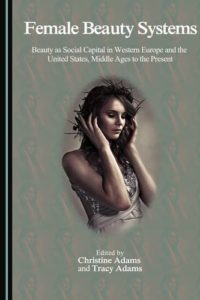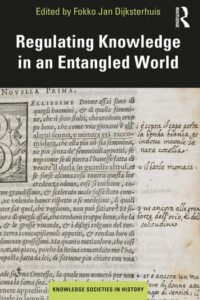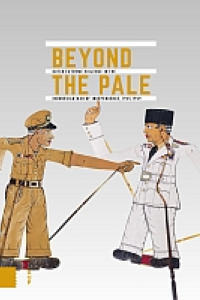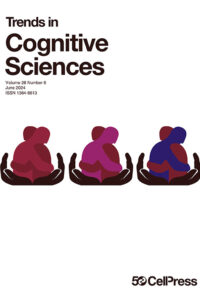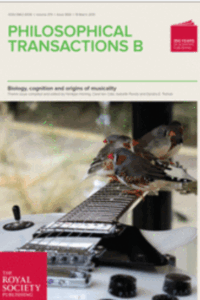About the book
Female beauty systems everywhere are complex, integrating markers of class, status, power, and sexuality to perform the fundamental function of sorting individuals into categories of more or less desirable. Heirs to the tradition of courtly love, modern western female beauty systems tend to share the norm of man as pursuer, woman as pursued, having developed around the trope of the madly-desiring poet or knight supplicating his aloof and lovely lady for her favor. The apparent longevity of the courtly love tradition raises the question of whether the way in which it structures male desire in reaction to female beauty is part of a universal tendency, an evolutionary adaptation, despite clear evidence that female beauty systems are also, in fact, socially constructed, and reflect enormous ambivalence about the power and performance of beauty. Although modern western female beauty systems are routinely demystified and contested today, the purveyors of culture that support theminstitutional, intellectual, artistic, commercial, and popularcontinue as they always have to construe women as objects of male desire. Still, within this basic structure, the systems have varied greatly across time and space, with women using beauty as a form of social capital in widely differing ways. Moreover, as individuals have begun to experience their bodies as malleable and endlessly transformable, rather than unruly and unyielding, many have begun to experience beauty less as a given and more as a project. The nine essays collected here examine a number of different Western female beauty systems over the centuries, considering how women have complied with, contributed to, profited or suffered from, and resisted them.
Get the book from Athenaeum Booksellers, Amsterdam’s largest independent bookstore.
Review
This exciting multidisciplinary collection of essays is the first to historicize female beauty and its varied practices in Western Europe across the centuries. Analysing beauty systems as socially-produced from their conceptualisation to their performance, the volume s varied theoretical and disciplinary explorations present perceptive interrogations and stimulating provocations on the ambivalent meanings of desire, power, control, status, agency and market values over time –Susan Broomhall, Professor of History; Fellow of the Australian Academy of the Humanities, ARC Centre of Excellence for the History of Emotions, The University of Western Australia
This rich and wide-ranging collection on female beauty systems elucidates the ways in which such systems function in different historical contexts, from early modern courts and salons to contemporary societies inhabited by surgically enhanced posthuman bodies. These fascinating essays demonstrate not only the impact of beauty systems on women and men, but also how women were able to perform beauty to gain political power, or how they resisted its premises and constraints. –Mihoko Suzuki, Professor of English; Director, Center for the Humanities, University of Miami
Exploring female beauty systems in North America and Europe from the Early Modern period to the present fixation with plastic surgery, this collection s case studies deftly expose both contested aspects, as well as the areas of manipulation. Collectively, the articles illuminate some of the major social and political events of the last several centuries. Scholars and students in the humanities will find this volume essential reading –Jack R. Censer, Professor Emeritus, George Mason University
About the author
Tracy Adams is Professor in European languages and Literature, Cultures Languages and Linguistics, Faculty of Arts at the University of Auckland, New Zealand. A specialist in medieval and early modern French literature, she is the author of Violent Passions: Managing Love in the Medieval French Romance (2005), The Life and Afterlife of Isabeau of Bavaria (2010) and Christine de Pizan and the Fight for France (2014)
Research | Current: Medieval and early-modern queenship and female regency, Royal mistresses, Feminist theory applied to women of the Middle Ages and early modern periods, Medieval and early modern chronicles.
